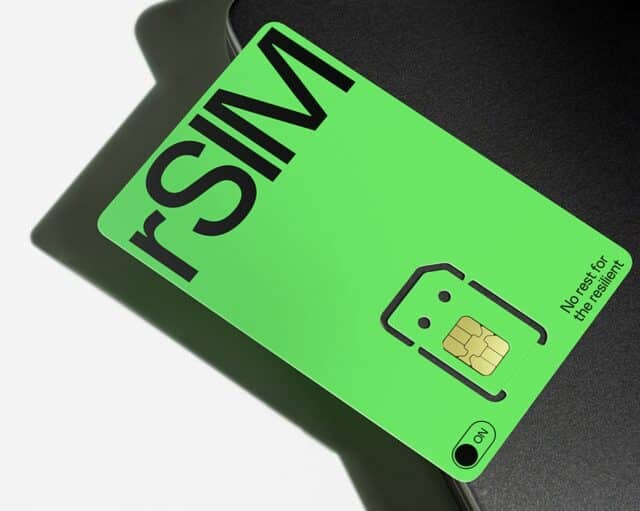rSIM: A new technology to improve mobile connectivity for IoT devices

A new intelligent SIM card technology, known as rSIM (Resilient SIM), has been introduced in partnership with global operators Deutsche Telekom IoT and Tele2 IoT. The rSIM technology is designed to enhance network connectivity for IoT devices by offering an “always on” solution that aims to improve network resilience.
The rSIM is the world's first resilient SIM card that checks its own network connectivity and automatically switches between mobile operator profiles when disruptions occur. This technology allows two independent mobile operator profiles to be stored on a single SIM card, effectively upgrading a Single SIM device to a Dual SIM. By switching to a backup mobile operator profile in the event of an outage, rSIM aims to reduce the risk of disconnection, providing a potential solution for uninterrupted internet access for IoT devices.
The technology is designed to improve mobile connectivity for IoT devices by enhancing uptime and minimizing the impact of lost connections. The rSIM offers two levels of resilience, enabling seamless roaming outside of a device's home country and providing a proactive solution for continuous internet access. The functionality of the rSIM is managed through a new Connectivity Management Platform, where customers can monitor real-time connection tests from every SIM, regardless of which mobile operator profile it is connected to.
The introduction of rSIM follows a series of network outages, underscoring the need for improved resilience in mobile connectivity. As Mobile Network Operators (MNOs) upgrade their networks from 2G and 3G to 4G and 5G, periods of unplanned downtime have become more common. For instance, a recent outage in Australia left customers disconnected and, in some cases, in critical situations.
Ultimately, the rSIM offers a potential solution to mitigate critical connectivity outages and the associated disruptions, representing a step forward in the development of mobile connectivity for IoT devices. You can learn more here.
